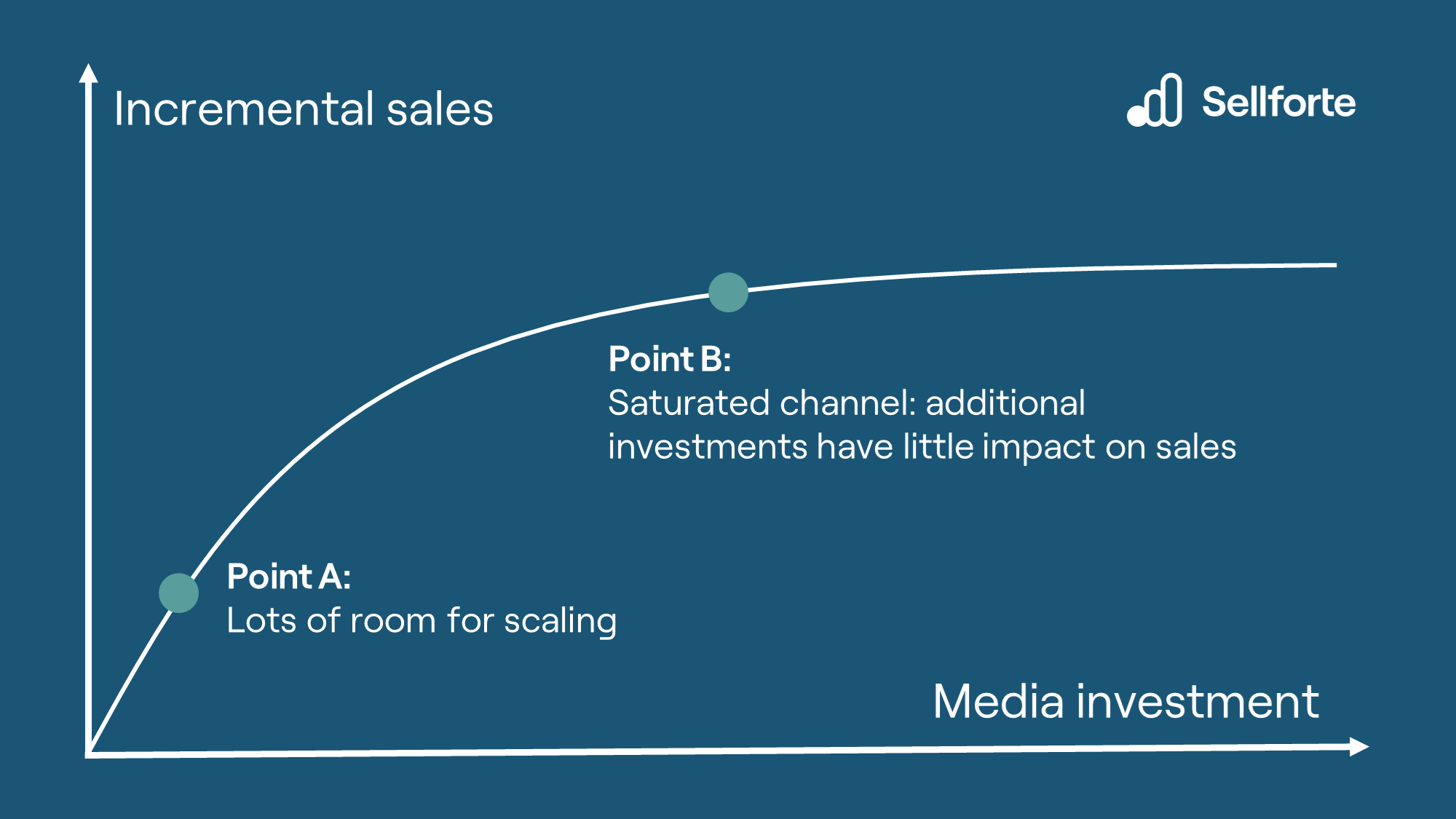Impression Share is a key performance metric in digital advertising that measures the percentage of impressions your ads received compared to the total number of impressions they were eligible to receive. It represents your share of voice in the auction-based advertising landscape, particularly in search engine marketing and display advertising.
How Impression Share Works
Impression share is calculated using the following formula:
Impression Share = (Impressions Received ÷ Total Eligible Impressions) × 100
For example, if your ad was shown 800 times but was eligible to be shown 1,000 times, your impression share would be 80%.
To learn more about how impressions are defined, read our in-depth article on "What are impressions?".
Types of Impression Share
Search Impression Share
The percentage of impressions your ads received on the Search Network compared to the total number of impressions you could have received. This includes searches that exactly matched your keywords and searches that were variations of your keyword terms.
Display Impression Share
The percentage of impressions your ads received on the Google Display Network compared to the total number of impressions you could have received on sites where your ads appeared.
Shopping Impression Share
For Google Shopping campaigns, this metric shows the percentage of impressions your product ads received compared to the total impressions available for your products.
Factors Affecting Impression Share
Several factors can limit your impression share:
- Budget constraints: Insufficient daily budget to capture all available impressions
- Bid limitations: Bids that are too low to compete effectively in auctions
- Ad rank: Poor ad quality scores or relevance affecting auction performance
- Targeting restrictions: Narrow audience targeting that limits eligible impressions
- Competition intensity: High competition in your market driving up costs
Why Impression Share Matters in Marketing Measurement
Impression share is often a key explanatory factor behind the diminishing returns effect in digital marketing. If your impression share is already high, it can be costly to reach new people by investing more into the specific campaign or channel.
Diminishing return affect is captured by response curves. Below is an example of a response curve, which shows two points at different investment levels:
- In Point A, you have lots of room for scaling
- In Point B, the channel/campaign is saturated, and additional investments are not driving new sales

Response curves are estimated by Marketing Mix Modeling, and are essential for optimizing marketing investments across platforms, channels and campaigns.
Improving Impression Share
While high impression share does not imply high marketing ROI, there are several ways to increase it.
Increase Budget
The most direct way to improve impression share is increasing your daily budget, allowing your ads to show more frequently throughout the day.
Optimize Bids
Raising bids can improve ad rank and increase eligibility for more auctions, though this must be balanced against cost-per-acquisition goals.
Enhance Ad Quality
Improving ad relevance, landing page experience, and expected click-through rates can boost Quality Score and ad rank without necessarily increasing bids.
Expand Targeting
Broadening keyword targeting, audience segments, or geographic reach can increase the pool of eligible impressions.
Impression Share vs. Other Metrics
Understanding how impression share relates to other marketing measurement metrics:
Impression Share vs. Reach: While reach measures unique users exposed to your ads, impression share measures your competitive position in the available inventory.
Impression Share vs. SOV (Share of Voice): Impression share is a more precise, data-driven metric compared to traditional share of voice measurements.
Impression Share vs. Market Share: Impression share indicates advertising presence, while market share reflects actual business performance and sales.
Tools for Tracking Impression Share
Several platforms and tools provide impression share data:
- Google Ads: Native impression share reporting across Search, Display, and Shopping
- Microsoft Advertising: Bing Ads impression share metrics
- Third-party Tools: Marketing measurement platforms that aggregate impression share data
- Analytics Dashboards: Custom reporting solutions for comprehensive campaign analysis
Strategic Considerations
When optimizing for impression share, consider:
ROI Balance: Higher impression share doesn't always correlate with better return on investment. In fact, ROI is likely to be high with lower budgets driving a low impression share. It is critical to conduct cross-channel media budget allocation with an incrementality-based measurement tool, such as a Marketing Mix Model.
Audience Quality: Focus on impression share within your target audience rather than broad market share.
Competitive Dynamics: Understanding when to compete aggressively versus when to focus on efficiency.
Attribution Models: How impression share improvements impact overall marketing attribution and customer journey analysis.
Conclusion
Impression share serves as a fundamental metric for understanding your advertising presence in the digital marketplace. By monitoring and optimizing impression share alongside other marketing measurement metrics, businesses can make informed decisions about budget allocation, competitive positioning, and growth opportunities. Regular analysis of impression share trends helps identify market changes, competitive threats, and optimization opportunities that drive long-term advertising success.
Authors
Lauri Potka is the Chief Operating Officer at Sellforte, with over 15 years of experience in Marketing Mix Modeling, marketing measurement, and media spend optimization. Before joining Sellforte, he worked as a management consultant at the Boston Consulting Group, advising some of the world’s largest advertisers on data-driven marketing optimization. Follow Lauri in LinkedIn, where he is one of the leading voices in MMM and marketing measurement.
You May Also Like
These Related Stories
